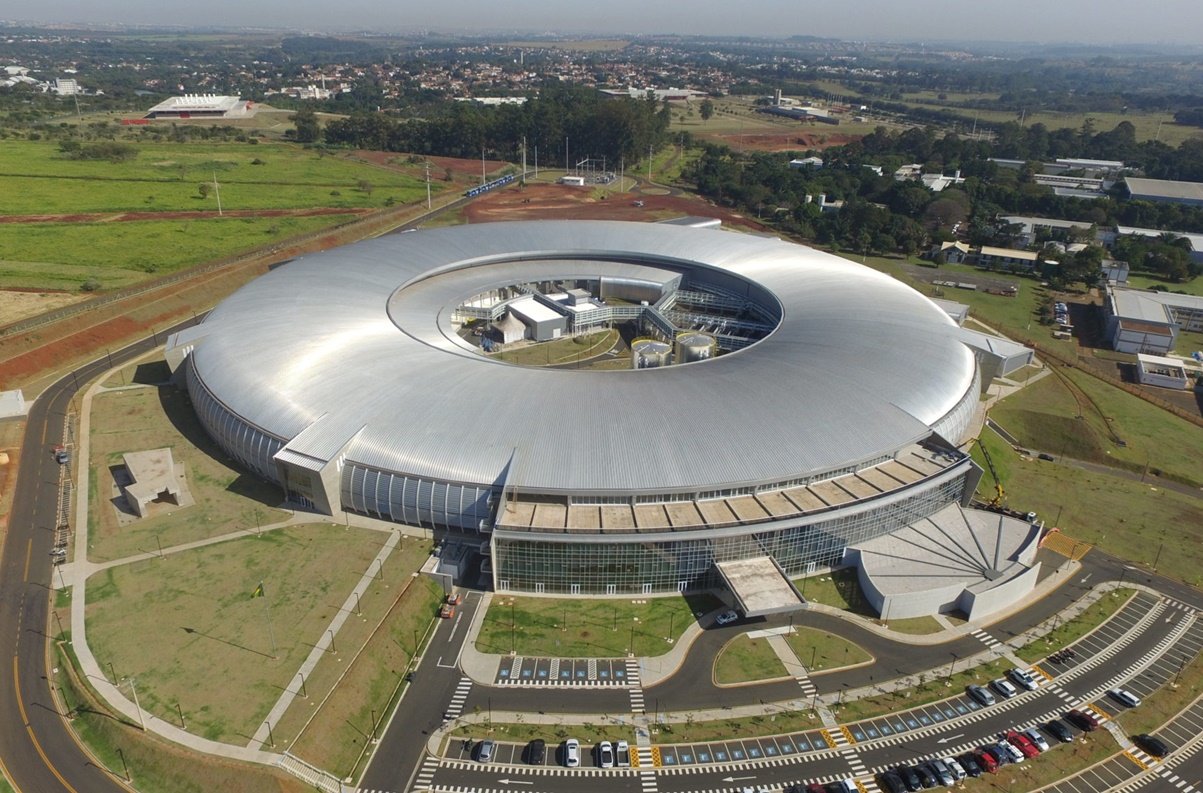Brazilian synchrotron particle accelerator Sirius has received 334 research proposals, according to an official release from the Federal Government. In March, the National Energy and Materials Research Center (CNPEM), affiliated with the Ministry of Science, Technology and Innovation (MCTI), will call selected proposals for experiments.
CNPEM received the recommendations in the first call last year from scientists from 15 countries and 17 Brazilian states. There are 36 offers from foreign institutions and 298 from Brazil.
For the first call, 30% of the bids must be selected, but CNPEM has to make a new selection in April. According to Harry Westfahl Júnior, director of the National Synchrotron Light Laboratory, “the number of proposals demonstrates the scientific community’s interest in Sirius.”
What is Sirius?
Considered Brazil’s most complex scientific infrastructure, the system uses particle accelerators to produce a special type of light (the synchrotron) used to probe the composition and structure of various forms of matter.
It produces synchrotron light, a source of electromagnetic radiation intense enough to reveal the structures of organic and inorganic materials such as proteins, viruses, rocks, plants, and metallic alloys in high resolution.
Developed at the National Energy and Materials Research Center, the program is open to Brazilian and foreign scientists.
Various academic and industrial research can be done with Sirius. This is expected to contribute to solving a wide range of scientific and technological challenges such as the treatment of diseases, new agricultural technologies and more.
Source: Tec Mundo
I’m Blaine Morgan, an experienced journalist and writer with over 8 years of experience in the tech industry. My expertise lies in writing about technology news and trends, covering everything from cutting-edge gadgets to emerging software developments. I’ve written for several leading publications including Gadget Onus where I am an author.













